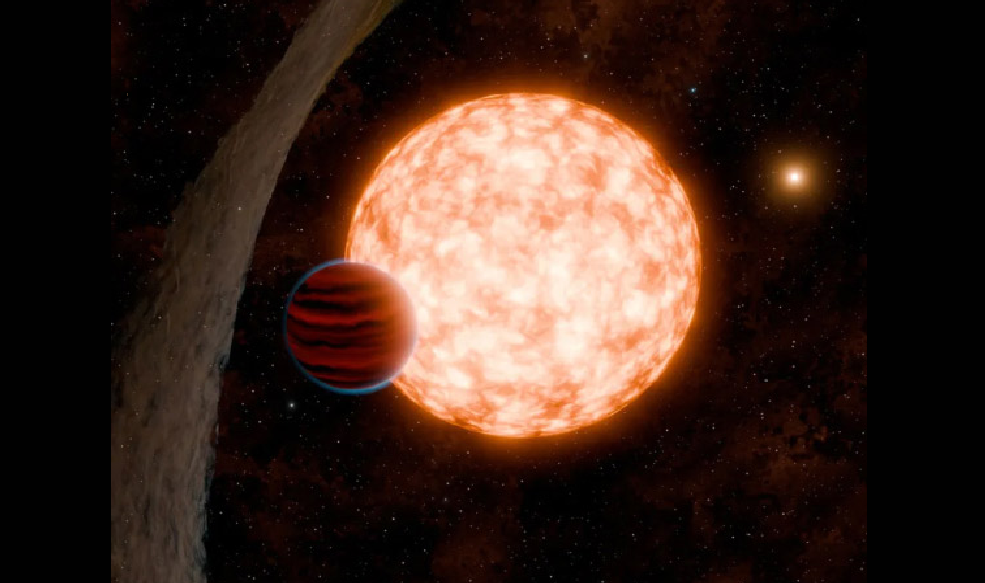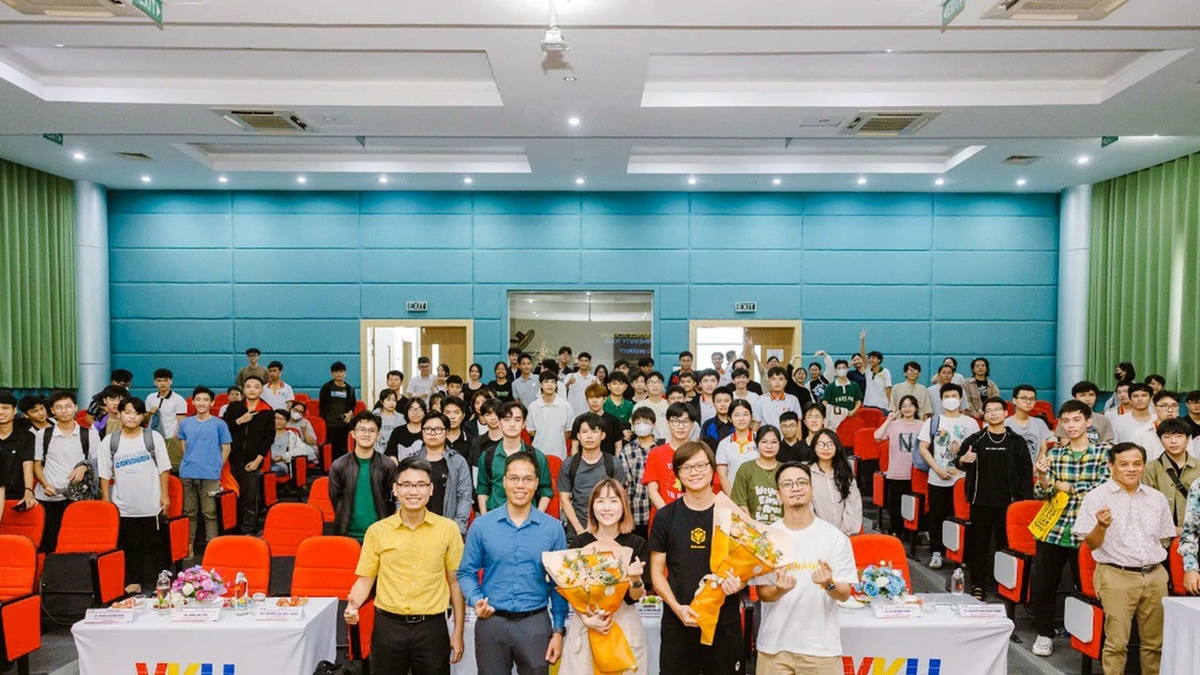(NLDO) - IRAS 04125+2902b is described as "a surprising twist, challenging the current understanding of how planets form".
A research team led by astronomer Madyson Barber from the University of North Carolina (USA) discovered the existence of a newborn planet named IRAS 04125+2902b from data of NASA's TESS spacecraft.
IRAS 04125+2902b has a radius of 0.96 times that of Jupiter but a mass less than 0.3 times that of Jupiter, and is located 522 light years away.
Also known as TIDYE-1b, this giant exoplanet orbits its parent star - IRAS 04125+2902 - with a period of 8.83 days.

Planet IRAS 04125+2902b and its parent star - Graphic image: NASA
According to Dr. Barber, IRAS 04125+2902b is challenging humanity's understanding of how planets form in many ways.
First, the exoplanet is already formed, despite only starting to form 3 million years ago.
It took our Earth 10-20 million years to form its earliest version.
According to Sci-News, this discovery sheds light on potential differences between our Solar System and planetary systems with giant planets like IRAS 04125+2902b.
It also opens up new avenues of research because the planet is still within its disk of material, allowing scientists to study its formation in detail.
This disk challenges cosmological understanding for the second time.
The planets in the Solar System and many other known star systems typically formed from a flat disk of dust and gas.
For example, the orbits of Mercury, Venus, Earth, Mars, Jupiter, Saturn, Uranus, and Neptune all lie in the same plane.
But with the newly discovered young planet, the disk is tilted, out of alignment with either the planet itself or its star.
This was described by the researchers as “a surprising twist that challenges the current understanding of how planets form”.
Preliminary research into this fascinating world has just been published in the scientific journal Nature. But this is just the beginning.
According to the authors, further studies will analyze comparisons between the planet's atmosphere and the surrounding disk material, providing clues as to how it came to possess such a tight orbit around its parent star.
The authors will also test whether IRAS 04125+2902b is continuing to evolve by accreting material, or is losing its upper atmosphere due to the influence of its parent star.
Source: https://nld.com.vn/lo-dien-hanh-tinh-tre-tuoi-nhat-thach-thuc-hieu-biet-cua-nhan-loai-196241122111555649.htm





































































































Comment (0)